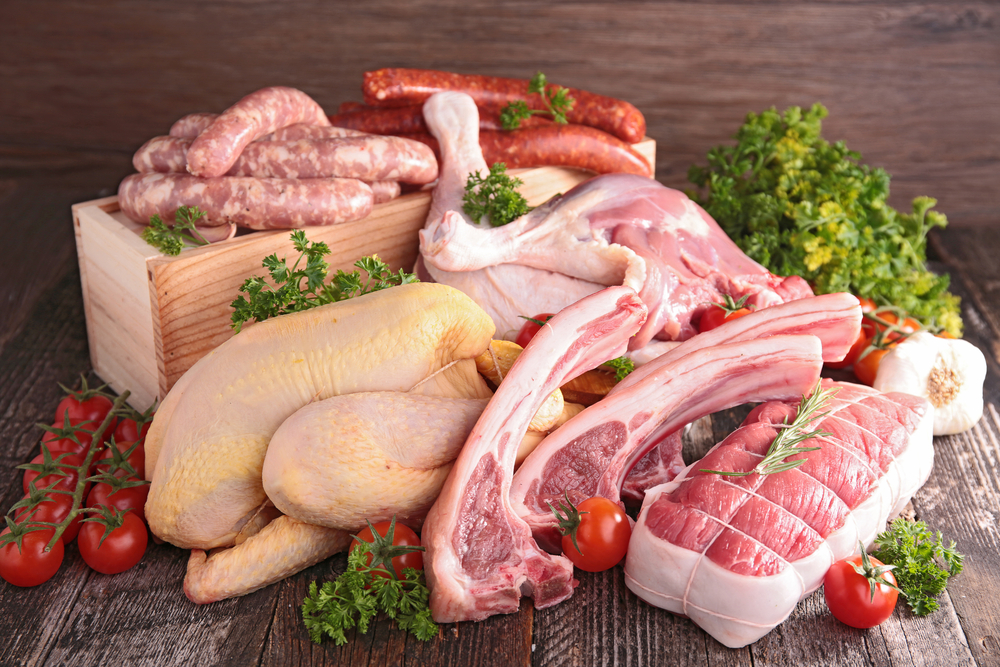US meat, prices consumption patterns altered by pandemic – report

According to a special report the US Department of Agriculture’s Economic Research Service (USDA-AER), the Coronavirus (COVID-19) pandemic affected all facets of the food system, in particular meat processors. During 2020 some packing plant workers tested positive for COVID-19, which forced the temporary closure of numerous plants and reduced operating capacity at others. US meat production fell.
While food supplies remained ample overall, US households faced sharply higher prices for many staple items, including meat. Retail food prices rose about 3.4% during 2020, almost twice their usual rate. Meat prices increased at a faster rate, with retail beef and pork prices rising 25% and 12%, respectively, in June 2020, year-over-year. Prices for retail poultry and other meats (mainly lamb and mutton) also rose more than overall retail food prices, though less than beef and pork prices.
The COVID-19 pandemic altered food purchasing patterns by restricting restaurant dining, which encouraged US households to eat out less and consume more food at home. During 2020, US households increased their spending on meat for at-home consumption by 14.5%. Households bought more beef, pork, poultry, and other meats at grocery and other retail stores despite higher retail prices for each type of meat.
Across the four types of meats, ERS researchers found the average retail price paid for meat increased 6.9% on a dollars-per-pound basis in 2020 over 2019. Beef prices increased the most at 8.9%, with pork, poultry, and other meats (mainly lamb and mutton) increasing by 5.7%, 4.9%, and 5.3%, respectively.
Households increased their average purchases of meat for at-home consumption by 7.2% on a quantity basis in 2020 over 2019. In the four meat categories – beef, pork, poultry, and other meats – purchases of other meats increased the most at 13.5%, followed by pork (8%), poultry (7%), and beef (6.2%), which is nearly the reverse pattern of the price increases.
Despite being able to generally maintain their overall level of meat consumption (including consumption of meat both at and away from home), US households’ economic well-being fell with higher meat prices at retail stores. Those losses were higher during the spring months when operations at packing plants were most affected by the virus and peaked in June 2020, with US household economic well-being down by $24.51 per household during that month due to higher prices for meats in general.
Higher prices for beef, pork, and poultry accounted for $8.30, $7.07, and $8.18, respectively, during that month. In December 2020, US household economic well-being was down $6.19 per household with higher prices for beef, pork, and poultry accounting for $2.44, $1.54, and $1.89, respectively.
Read also
Merry Christmas and Happy New Year! UkrAgroConsult work schedule
Grain exports from Ukraine exceeded 15 mln tons
China calls for stability in grain and edible oil production
Sunseed prices in Ukraine continue to decline, but are still 10% higher than last ...
Kazakhstan increases wheat exports to Afghanistan
Write to us
Our manager will contact you soon



